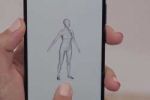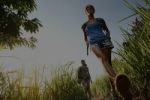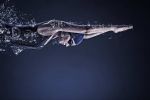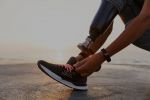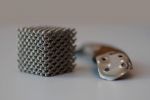Based on our experience and knowledge in this sphere of occupational health and well-being, we carry out consultancy projects with all kinds of organisations, applied to the following key areas:
– Evaluation and redesign of workplaces, adapting the requirements of workplaces to people’s abilities (reincorporation of injured workers, people with disabilities and elderly people).
– Development of ergonomic equipment.
– Designing and launching health promotion programmes by diagnosing the staff’s state of well-being, as well as participatory ergonomics programmes.
At the Instituto de Biomecánica (IBV), we provide customised technological consultancy services for companies in order to identify the most suitable technological innovation to improve their products and services for the child population’s needs.
We understand that fostering healthy growth and development among children is a factor that sets our clients apart. Hence, they need to know, measure, adapt and monitor their products, providing exceptional value.
Children’s footwear, clothing, play areas, playgrounds, furniture and medical devices must be adapted to foster children’s well-being.
In the Instituto de Biomecánica (IBV), we have the necessary knowledge about children’s anthropometry, sizing, materials, shapes, comfort and patterns of motion throughout the different stages of childhood. And above all, we know how to apply this knowledge to advise our clients and foster business innovation based on the child population’s well-being.
Based on our knowledge acquired about the elderly population and dependent people, at the Instituto de Biomecánica (IBV) we carry out consultancy projects to help companies throughout the process of developing products and services, as of the early stages related to detecting people’s needs and expectations up to the improvements and validation of the end products before they are put on sale.
To do so, we can count on a multidisciplinary team of experts who analyse elderly people’s interaction with products, environments and services, applying agile methods and people-oriented innovation techniques. They also identify aspects that make them suitable for use by elderly people or those in a situation of fragility and dependence, based on the point of view of their functionality, ergonomics, comfort, ease of use, etc.





